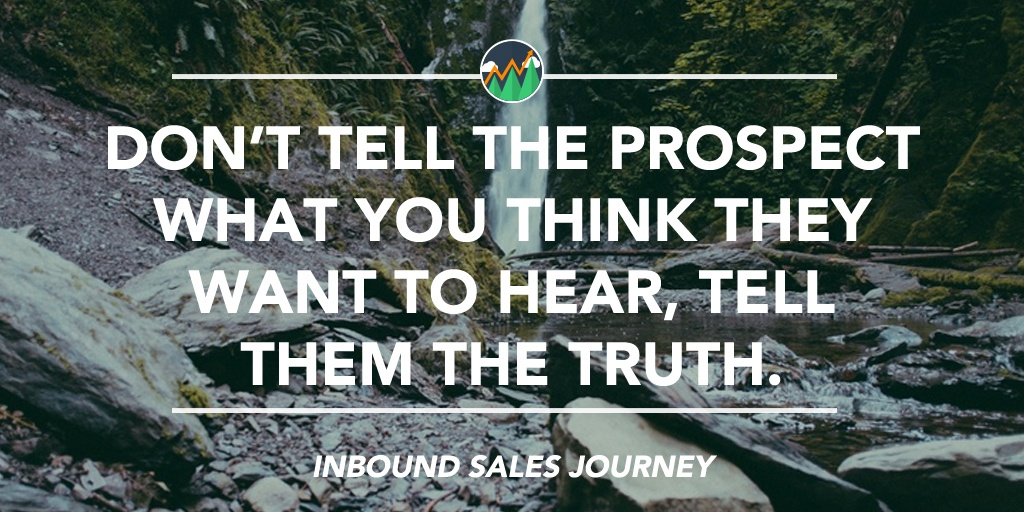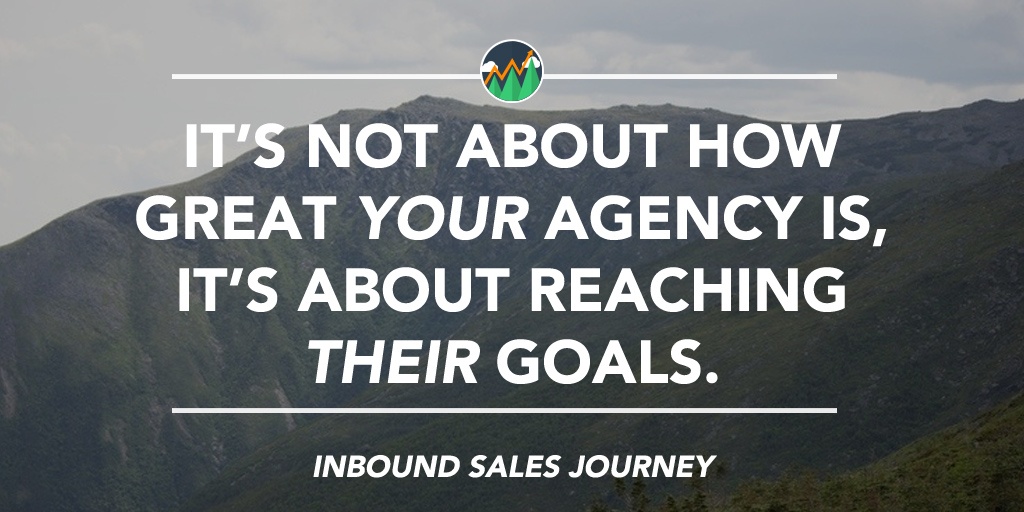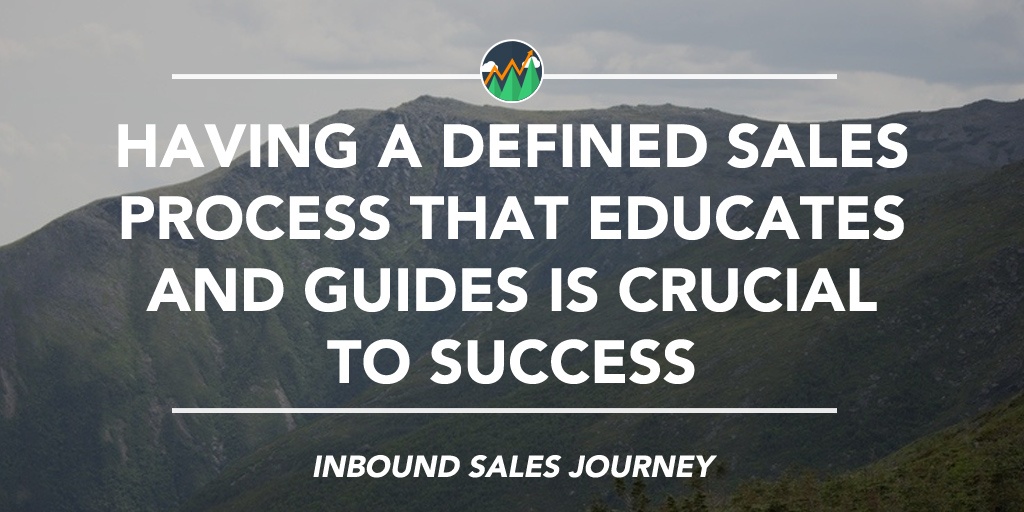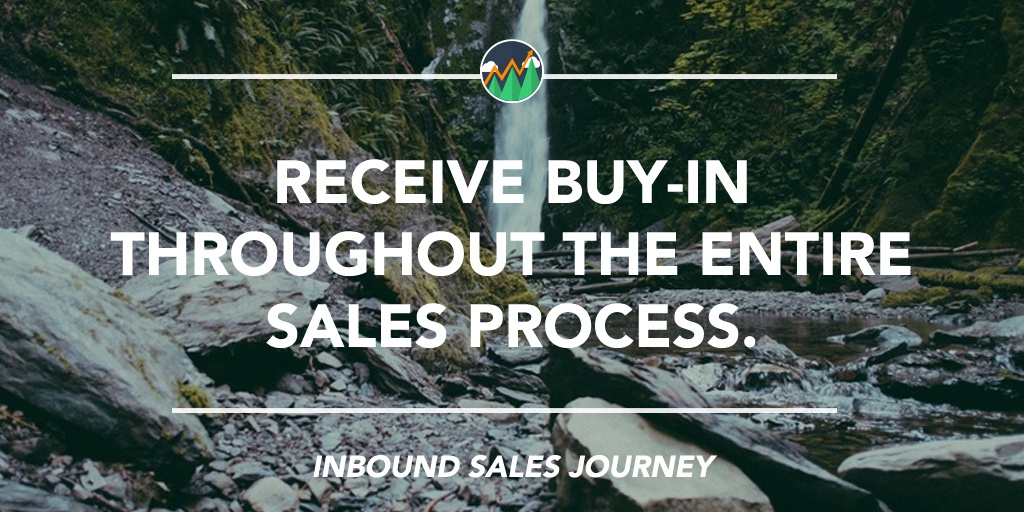How to Differentiate Your Inbound Agency
To chat with Gray and have ZenPilot lead your team through the last project management implementation you'll ever need, schedule a quick call here.
The objection we are tackling in this episode of Inbound Sales Journey is one of the most common you will hear.
What Makes Your Agency So Special?
“Why is your agency the best agency to work with us?”
We will be addressing how to differentiate your inbound agency, how to show value in a partnership to your prospects, and how to share your agency’s story in a powerful way.
What They Are Really Saying
Let’s set the scene for a moment. This objection will make its way into conversation toward the middle or end of the sales call. You have already built rapport, discussed your process, and talked about their goals. Then the question arises, “Why your agency?”
Here is what the prospect is actually saying.
“I have talked or am going to talk with many agencies. I understand how this inbound thing works. I know that I have a ton of choices of agencies out there and I do not want to choose the wrong one. Are you the right fit to help me reach my goals?”
How Most Agencies Respond
The initial urge is to jump in with a quick response. “We have the best people, best processes, best portfolio.”
You may have those things, but that’s what everyone else thinks they have as well. The fact of the matter is those things are hard to quantify.
The prospect doesn’t care how good you think your team, processes, or portfolio is. They care about if you are the right fit to help them achieve their goals.

Two Scenarios
Let’s look at how you should be responding.
Scenario One: You have addressed previous needs and this objection comes late in the conversation.
Shape your response in the form of addressing their need. Instead of “well, we’ve done XYZ in this industry and achieved XYZ over here…”
Here is a better way to approach this objection:
You: “Mr. Prospect, you’re trying to accomplish XYZ, right?
Mr. Prospect: “Yes”
You: “And we’ve discussed this plan to help you accomplish those goals…and you agreed that this seemed like the next best step, correct?
Mr. Prospect: “Yes”
You: “And I’ve shown you how I took ACME Company through the same process and they achieved their goals…do you remember that?
Mr. Prospect: “Yes I remember that”
You: “So if you have this problem and need help, and I’ve laid out a process and proven that we have the experience to use that process to achieve your goals, is there a reason why we might not be the best fit for you?”
Mr. Prospect: “No I suppose that makes sense.”

Scenario Two: The objection is brought up early and you have not uncovered needs and a solution.
This is where having a defined sales process is so crucial. There needs to be a path you take your prospects down to uncover needs and provide a solution.
If the objection comes up early you can be honest and answer like this.
“I don’t know if we’re the best fit for each other yet – we need to continue our process to decide if you’re a good fit for us and we’re a good fit for you.”
Don’t be afraid to let them know that you may not be the best fit right away. Letting them know you are not the best fit for everyone disarms them and makes you more approachable.

The Concept of Mini Closes
I learned the concept of mini closes while selling in the corporate world. The premise of a mini close is this. Engage a prospect throughout the entire sales process in a way that gains commitment as you go.
Do not just ask for the whole deal at the end. Instead focus on them affirming smaller buy-ins first.
Read through scenario one again.
That is a perfect example of receiving smaller buy-in through a series of questions. Get them to agree on smaller issues so when you bring up the larger issue it is less significant. Now when I tell the prospect I feel that we are the right fit to work together and ask if they agree, it is easier to say yes.

How to Connect with Ryan and Gray
Twitter:




